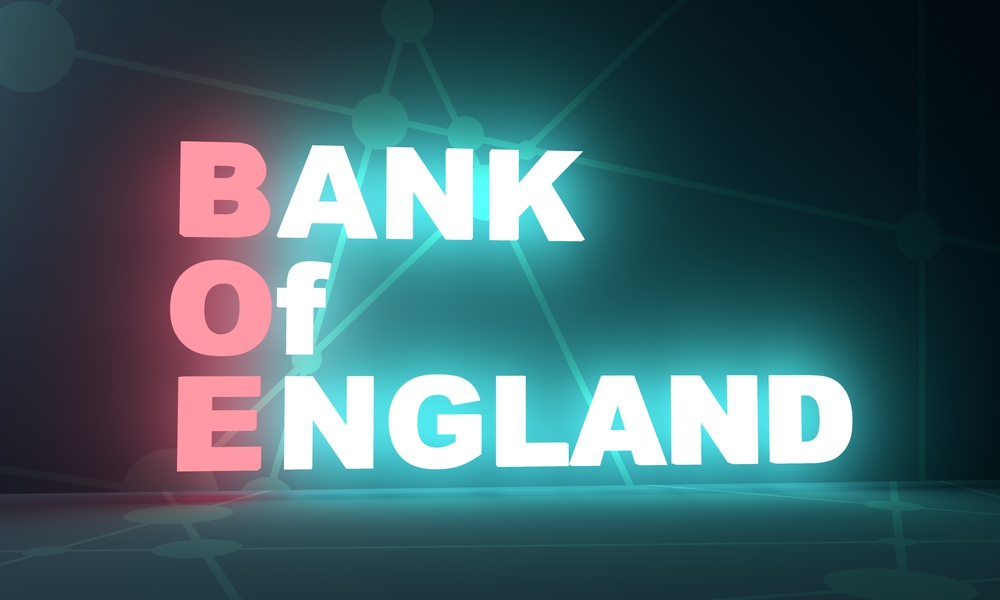
Monetary Policy & Inflation | UK

Monetary Policy & Inflation | UK
This article is only available to Macro Hive subscribers. Sign-up to receive world-class macro analysis with a daily curated newsletter, podcast, original content from award-winning researchers, cross market strategy, equity insights, trade ideas, crypto flow frameworks, academic paper summaries, explanation and analysis of market-moving events, community investor chat room, and more.
The BoE will announce policy on Thursday but without an update in forecasts or presser, the event may be somewhat uninteresting. Consensus is for no change in policy, which we agree with.
The voting pattern could be of interest, but it is hard to call until we have the February CPI print. The market seems to be mostly looking for an unchanged voting pattern from last time (1-6-2 for a cut-pause-hike). We think the risk is skewed towards Haskel choosing to back a pause.
If (as we expect) we were to see a further undershoot versus February’s MPR in core and services inflation (more detail below), Mann might even shift to a pause. She noted that the February decision was ‘finely balanced’, but recent comments have remained hawkish despite the data since.
Wednesday’s CPI could have a large impact on the BoE’s tone. The MPC will see the numbers on Monday, ahead of the meeting. The market is looking for +3.5% in the headline and +4.6% in core. That headline figure seems reasonable, but my lean is to the downside in core, with my bottom-up model suggesting +4.4% is possible.
A big unknown will be restaurant and accommodation inflation, which together tend to see large February rises. Catering in 2023 saw a weak January but then a very large tick up in February. We are conscious that this is a risk again. Meanwhile, accommodation discounting hit in January (as we had expected), but this again could mean a more pronounced February bounce-back. Our base case, however, is that we get a continued normalization of the inflation rates in both segments.
The BoE’s November MPR forecast is +3.5% headline, +4.9% core, and +6.1% in services in February. As such, it seems likely that actual outturns will undershoot in core and services. But the degree of the miss is unlikely to drive too significant a dovish turn just yet (Charts 1 and 2).
It is a similar story in private wage growth, which (while undershooting MPR estimates), has not yet begun to do so to a degree sufficient for them to provide significant disinflationary comfort (Chart 3). Ahead, we expect dovishness to build here.
Some comfort should also be taken on the back of the re-anchoring of inflation expectations across the board, added to by last week’s Inflation Attitudes Survey (Chart 4). This normalization should overrule the fact that the economy is probably performing better than the last MPR had expected. If higher GDP growth is not translating into higher expectations of price pressures, or higher wage demands, then the BoE should overlook it.
Spring sale - Prime Membership only £3 for 3 months! Get trade ideas and macro insights now
Your subscription has been successfully canceled.
Discount Applied - Your subscription has now updated with Coupon and from next payment Discount will be applied.